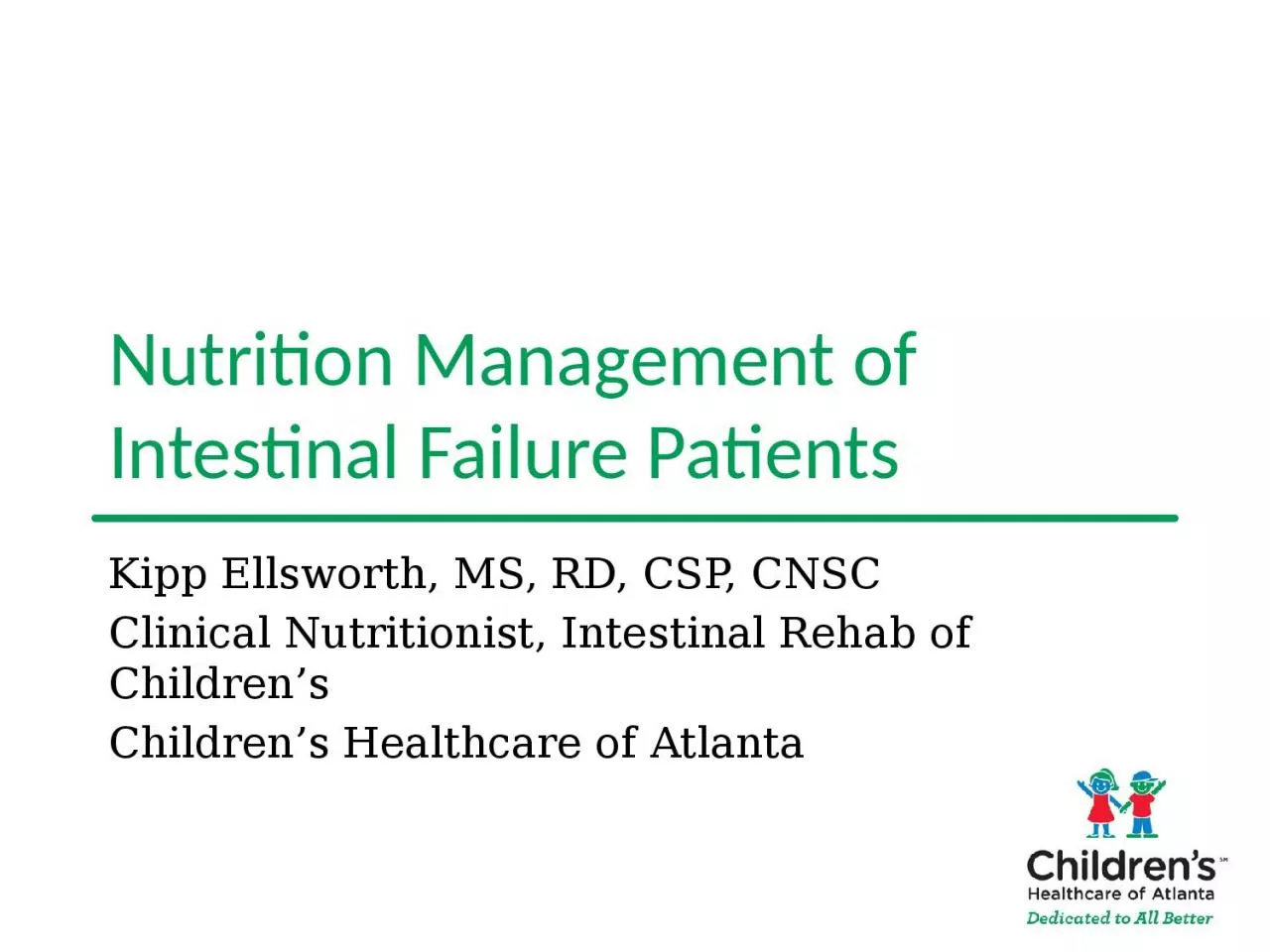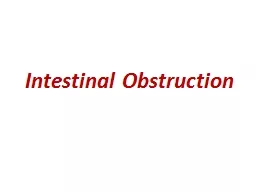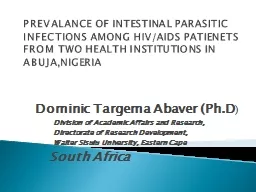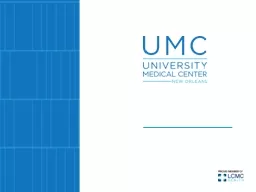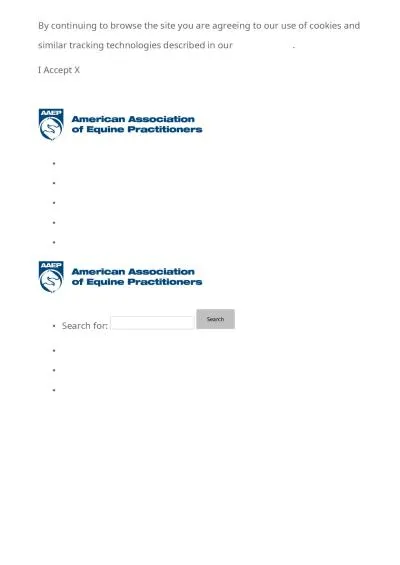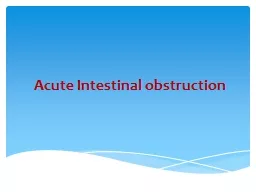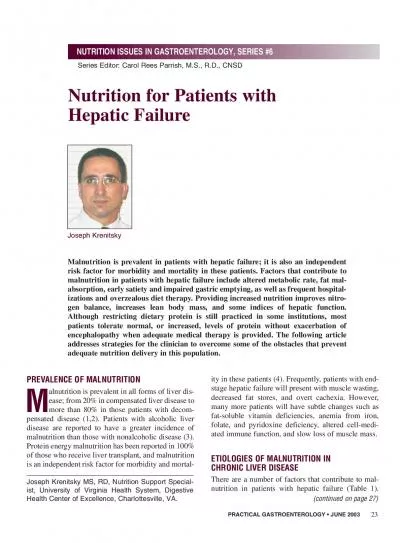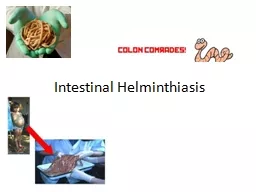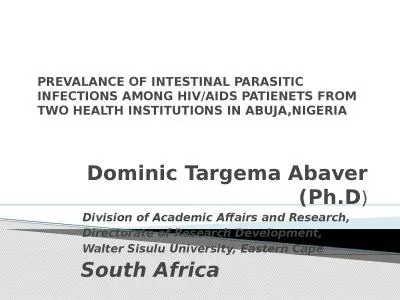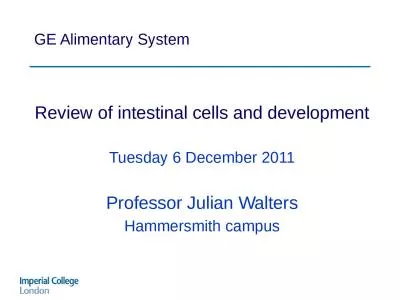PPT-Nutrition Management of Intestinal Failure Patients
Author : genevieve | Published Date : 2024-02-03
Kipp Ellsworth MS RD CSP CNSC Clinical Nutritionist Intestinal Rehab of Childrens Childrens Healthcare of Atlanta Presentation Learning Objectives State two goals
Presentation Embed Code
Download Presentation
Download Presentation The PPT/PDF document "Nutrition Management of Intestinal Failu..." is the property of its rightful owner. Permission is granted to download and print the materials on this website for personal, non-commercial use only, and to display it on your personal computer provided you do not modify the materials and that you retain all copyright notices contained in the materials. By downloading content from our website, you accept the terms of this agreement.
Nutrition Management of Intestinal Failure Patients: Transcript
Download Rules Of Document
"Nutrition Management of Intestinal Failure Patients"The content belongs to its owner. You may download and print it for personal use, without modification, and keep all copyright notices. By downloading, you agree to these terms.
Related Documents

